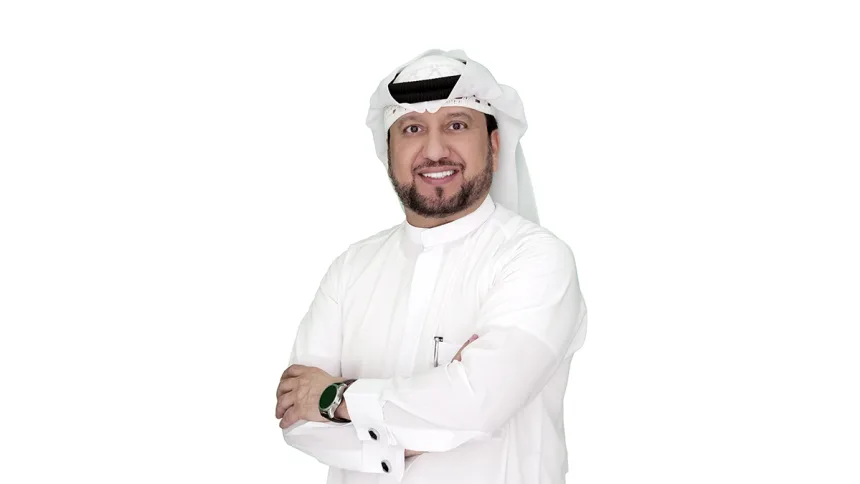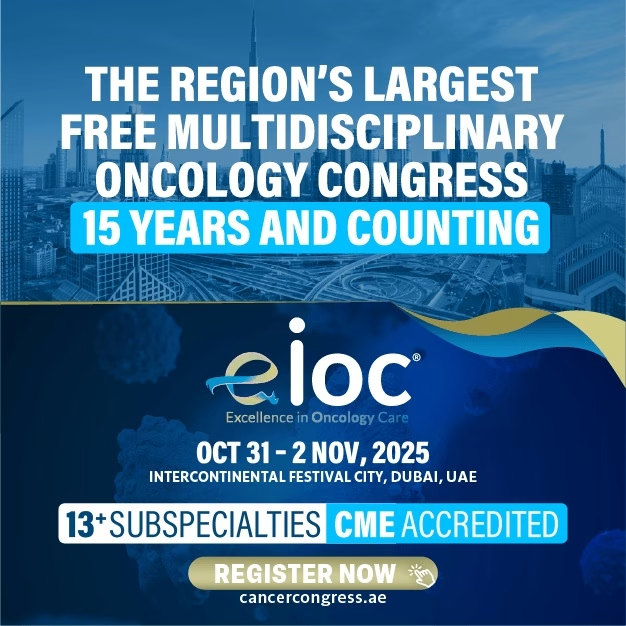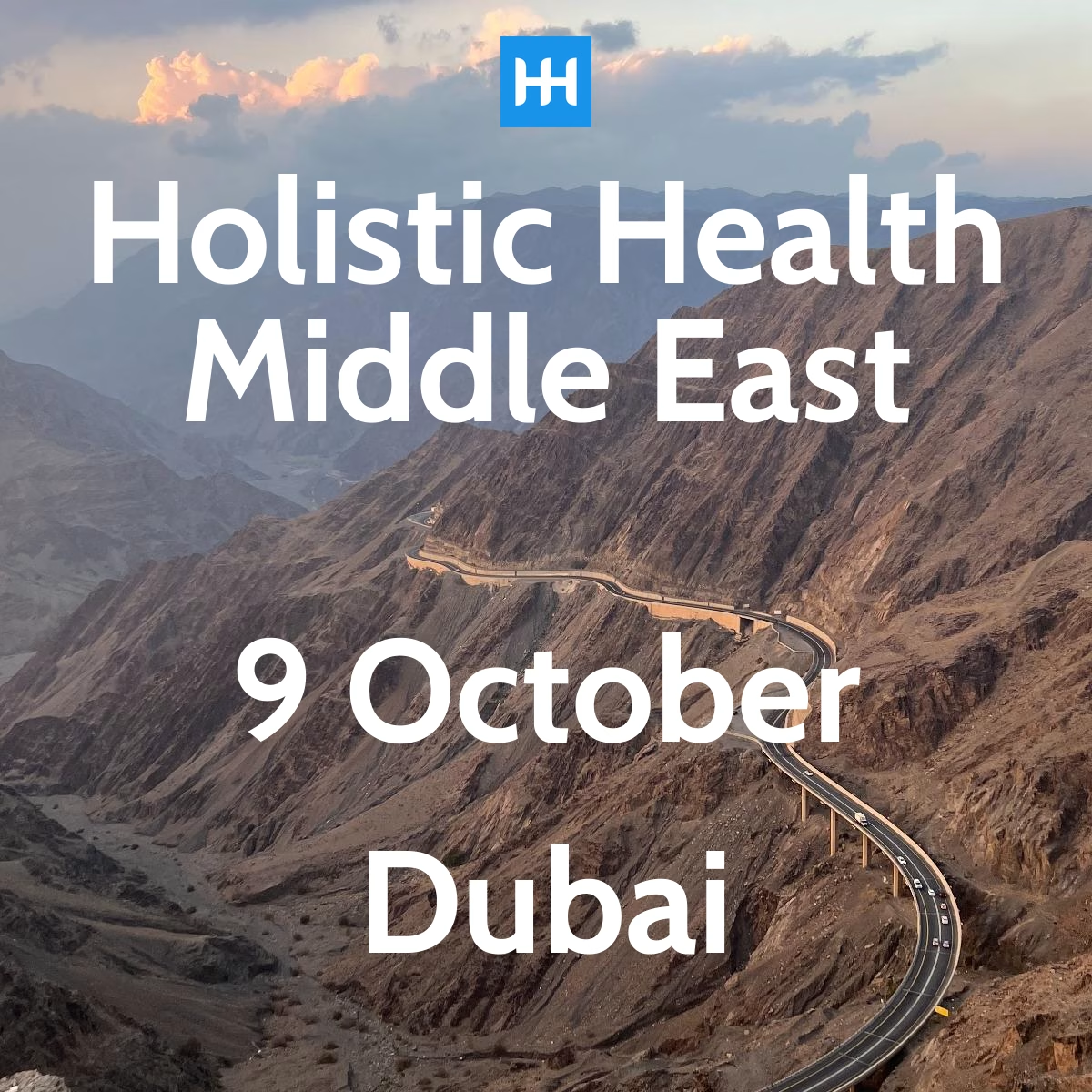Thanks to more affordable prices, higher-quality care, and greater access to specialized therapies, medical tourism is reshaping healthcare worldwide. In this interview, Hamdan Mohamed Almurshidi, Founder and President of AlMurshidi Medical Tourism, discusses the factors driving the industry’s growth, ethical considerations, and the future of patient travel. Almurshidi’s insights cover everything from the rise of telemedicine to the impact of COVID-19, offering a clear view of how patients approach diverse medical needs.
MedEdge MEA: What are the key factors that have contributed to the growth of medical tourism in recent years?
Hamdan Mohamed Almurshidi: The growth of medical tourism is fueled by several factors. Lower costs in countries like India and Turkey attract patients, especially those without insurance or facing high out-of-pocket expenses. High-quality care with international accreditation and shorter wait times for elective procedures also contribute, particularly for those from countries with long public healthcare queues. Specialized treatments, such as cosmetic surgery in South Korea and heart surgeries in India, draw patients seeking specific expertise.
Improved global travel, bundled tourism packages, and telemedicine support make these services more accessible and appealing. Patients also turn to medical tourism for treatments unavailable or restricted in their home countries. The demand is further boosted by an aging population in developed nations and rising healthcare costs, making medical tourism a cost-effective, timely alternative for many.
ME: What do patients typically look for when considering medical tourism options, and how can they make informed choices?
HMA: When choosing medical tourism options, patients prioritize factors like quality of care, cost transparency, and safety. They seek accredited hospitals with qualified doctors and clear pricing, including all associated costs. Safety protocols, post-operative care, and emergency services are key considerations. Patients also rely on success rates, patient reviews, and before-and-after photos to assess treatment outcomes.
Other important factors include the destination’s accessibility, legal protections, and cultural comfort. Ease of travel, availability of follow-up care, and support systems for family members are essential. Patients often choose destinations with multilingual services and patient coordinators. Thorough research, second opinions, and verification of legal protections are crucial for making informed decisions.
ME: Can you discuss the ethical considerations involved in medical tourism and how they are addressed within the industry?
HMA: Medical tourism raises significant ethical concerns, including quality of care, equity, exploitation, and informed consent. Patients may face substandard care in countries with weaker regulations, and the diversion of resources to foreign patients can worsen healthcare inequalities. Vulnerable populations are at risk of exploitation, particularly in organ transplantation. Informed consent is crucial, as language barriers and unfamiliar practices may lead to misunderstanding. Post-operative care is also a concern, as patients often face challenges in continuing care after returning home.
To address these issues, international accreditation bodies, ethical healthcare providers, and governments are working to ensure safety, equity, and transparency. Efforts include establishing regulations, promoting cultural sensitivity, and ensuring the reinvestment of medical tourism revenues into public healthcare. Ethical marketing practices, legal protections, and environmental considerations are also being addressed. Collaboration between stakeholders, along with patient awareness, is key to ensuring medical tourism remains responsible and beneficial for all parties involved.
ME: How has medical tourism growth in the GCC impacted local healthcare and economies?
HMA: The rise of medical tourism in the GCC countries has had a profound impact on both healthcare systems and regional economies. Countries like the UAE and Saudi Arabia are using medical tourism as a key part of their economic diversification strategies. By attracting international patients, the sector not only generates revenue but also creates jobs and attracts foreign investment. Hospitals have upgraded their facilities to meet global standards while focusing on specialized services like cosmetic surgery and cancer care. This push for excellence has raised the region’s healthcare profile and fostered international partnerships that bring advanced treatments and new research to the GCC.
The future of medical tourism will be shaped by technological advancements, evolving patient needs, and global health trends.
However, the expansion of medical tourism presents several challenges. The focus on attracting foreign patients risks leaving local populations underserved, with longer wait times and higher costs. There’s also concern that relying too heavily on medical tourism could leave the healthcare system vulnerable to global market fluctuations. To sustain growth and maintain fairness, GCC countries must ensure that both residents and international visitors can benefit from the advancements in healthcare.
ME: How has COVID-19 reshaped the medical tourism industry and influenced long-term patient behaviour?
HMA: COVID-19 greatly affected the medical tourism industry, leading to disruptions such as travel restrictions, healthcare facility closures, and delayed procedures. As countries gradually recovered, healthcare providers focused on enhancing safety protocols and meeting international standards to rebuild patient trust. The pandemic also sparked long-term changes in patient preferences, with many now prioritizing safety, hygiene, and nearby travel options. Additionally, the rise of telemedicine has led to hybrid healthcare models, allowing patients to combine virtual consultations with in-person treatments.
Also Read: “At PureLab, Expanding our genetic testing services is a key strategic priority”
The pandemic influenced the types of treatments looked for, with increased demand for wellness care, specialized therapies, and chronic disease management. Medical tourism providers adapted by offering expedited services and niche treatments, while governments supported the industry with incentives. High-end medical tourism and specialized fields like fertility and oncology remained resilient, even during the crisis.
ME: How do you see the future of medical tourism evolving, especially in light of global health trends and advancements?
HMA: The future of medical tourism will be shaped by technological advancements, evolving patient needs, and global health trends. Personalization, telemedicine, AI, and robotics will enhance accessibility and efficiency. As patients focus more on wellness, preventive care, and chronic disease management, destinations offering specialized, ethical, and sustainable services will thrive. Health security and flexibility in response to global health challenges will also be key to the long-term success of the industry.



















